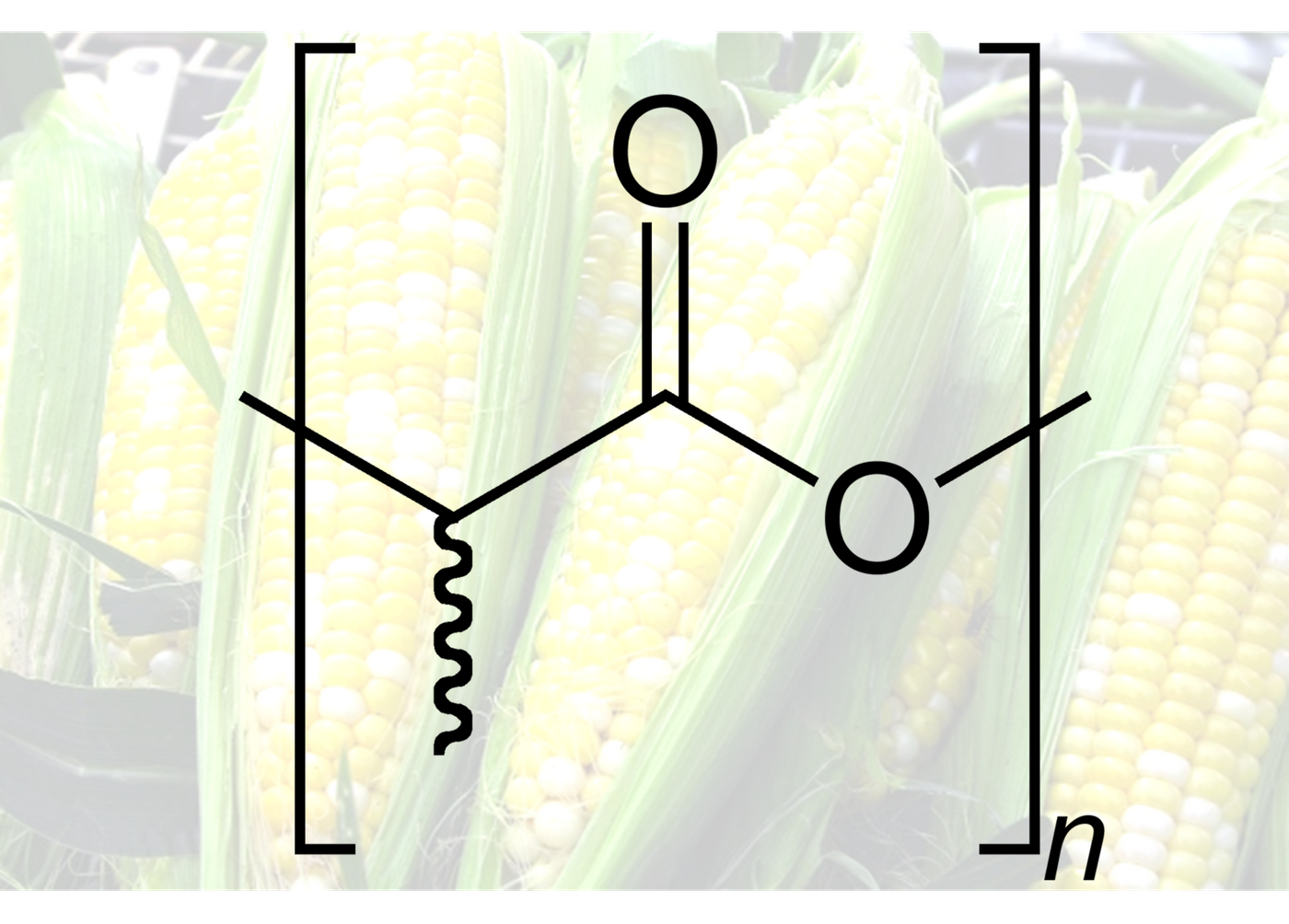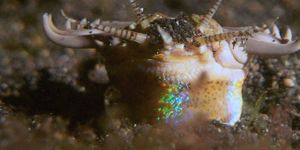New Biodegradable Adhesive Using Shellfish and Corn
Adhesives are everywhere and are used in most building products yet can cause off-gassing of noxious chemicals. Think of how furniture is glued together or how plywood is made. Commercial adhesives contain formaldehyde, a toxic chemical that is off-gassed from finished products. Some states and countries have become stricter around regulating the use of formaldehyde in adhesive products, however, it is still in the marketplace. An estimated 9 billion kilograms of glue are manufactured annually in the United States, and almost 4 billion kilograms of that contains formaldehyde.
In addition to its health issues, commercial adhesives cannot biodegrade. Adhesive containing products pile up in landfills and cannot be recycled. In an effort to find a healthier and more environmentally friendly alternative, researchers from Purdue University have developed a new type of adhesive that performs similarly to commercial adhesives and can biodegrade, creating a non-toxic alternative product.
“Adhesives releasing toxins including carcinogenic formaldehyde are almost everywhere in our homes and offices. The plywood in our walls, the chairs we sit on, and the carpet beneath our feet are all off-gassing reactive chemicals” said Jonathan Wilker, a professor of chemistry and materials engineering at Purdue University. “Most of these glues are also permanent, preventing disassembly and recycling of electronics, furniture and automobiles. In order to develop the next generation of advanced adhesives we have turned to biology for inspiration.”
The team, led by Dr. Wilker, looked to nature to learn about strong adhesion. Mussels can attach to surfaces with incredible strength using plaques of adhesive through hair-like fibers. The main ingredient in these adhesive proteins is the amino acid DOPA, which facilitates cross-linking of protein molecules that results in the strength of adhesion.
By combining the bonding chemistry of mussel proteins with a unique plant-based corn-derived polymer, poly(lactic acid) or PLA, a new adhesive was created. The combination uses side reactions to create catechol-containing copolymers. Catechols are compounds within DOPA that allow the bonding chemistry to occur. The study is published in Macromolecules.
“We found the adhesive bonding to be appreciable and comparable to several petroleum-based commercial glues,” Wilker said.
The team then tested the adhesive for strength, durability, and potential degradability through structure-function studies. They tested the new adhesive’s strength and durability by measuring the force required to pull apart metal and plastic plates that were bonded together. Since the adhesive is bio-based, they found that the bonds could be degraded in a controlled fashion, separating substrates gradually using mild hydrolysis.
“Results presented here show that a promising new adhesive system can be derived from a renewable resource, display high-strength bonding, and easily degrade in a controlled fashion,” Wilker said. “Particularly unique was the ability to debond this adhesive under mild conditions.”









